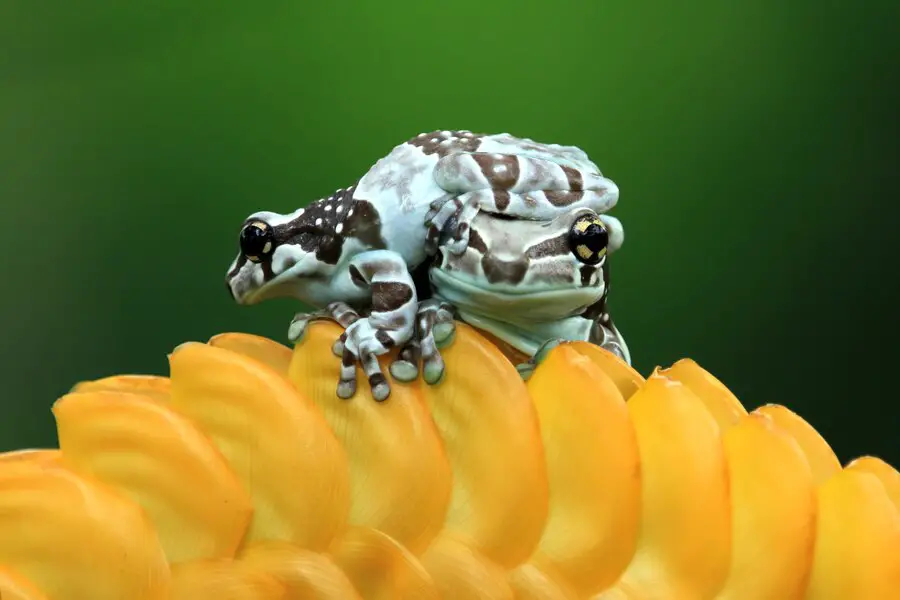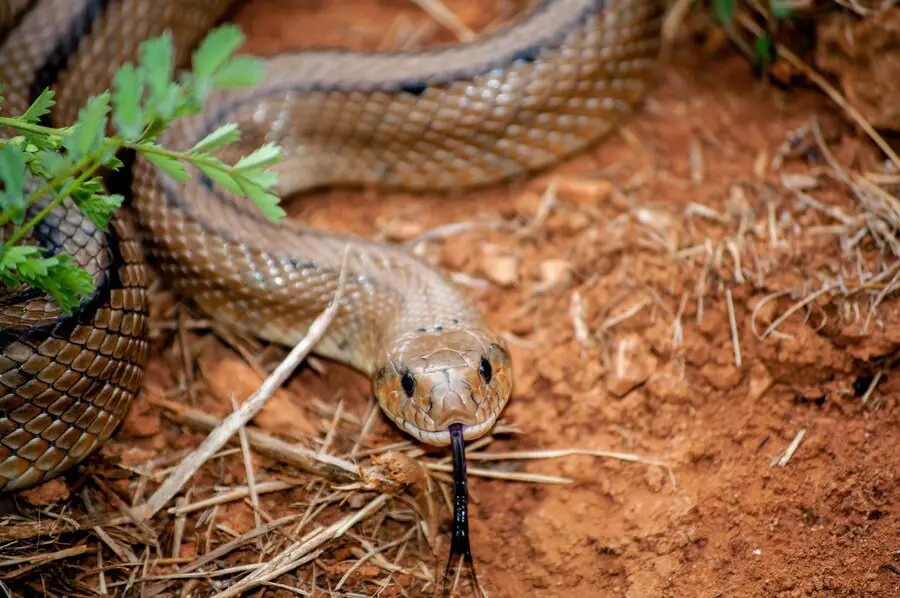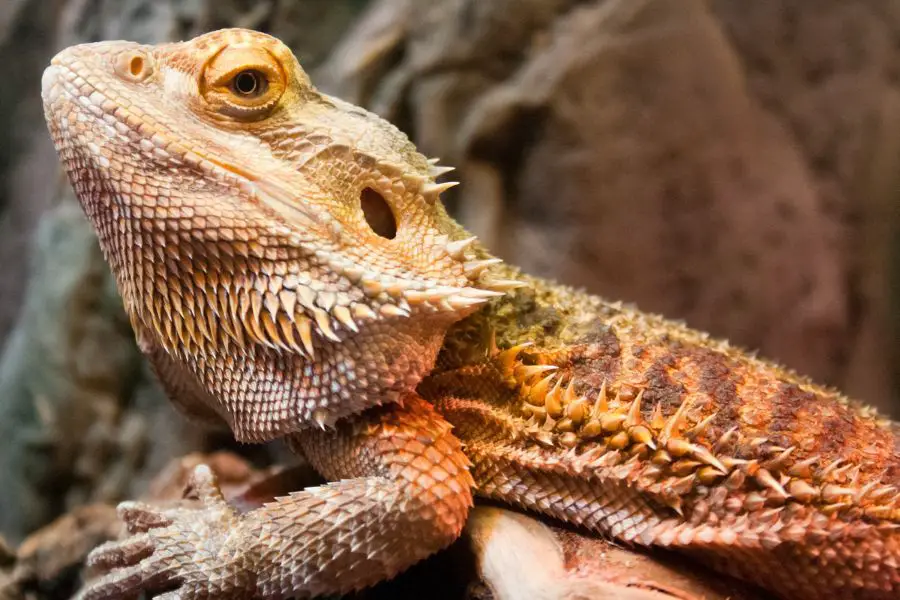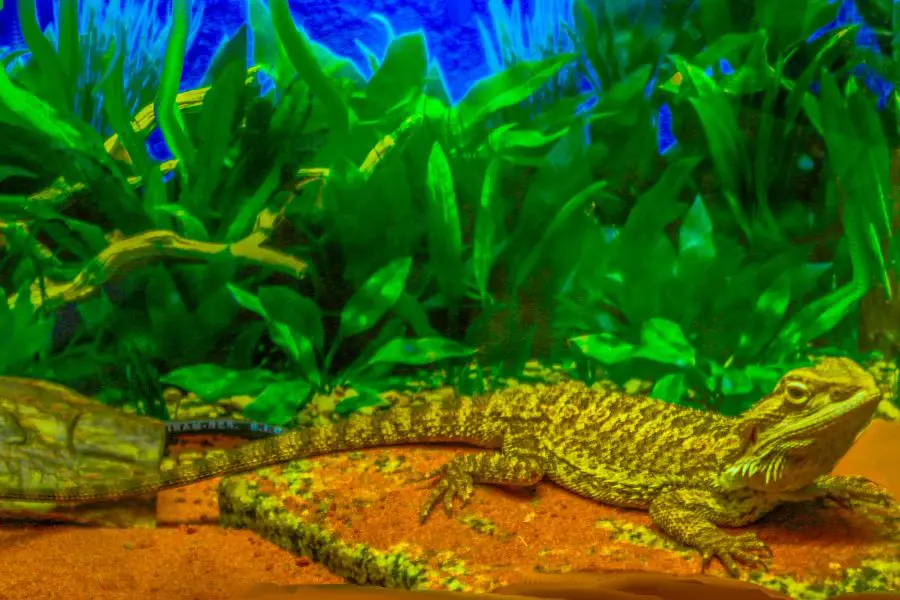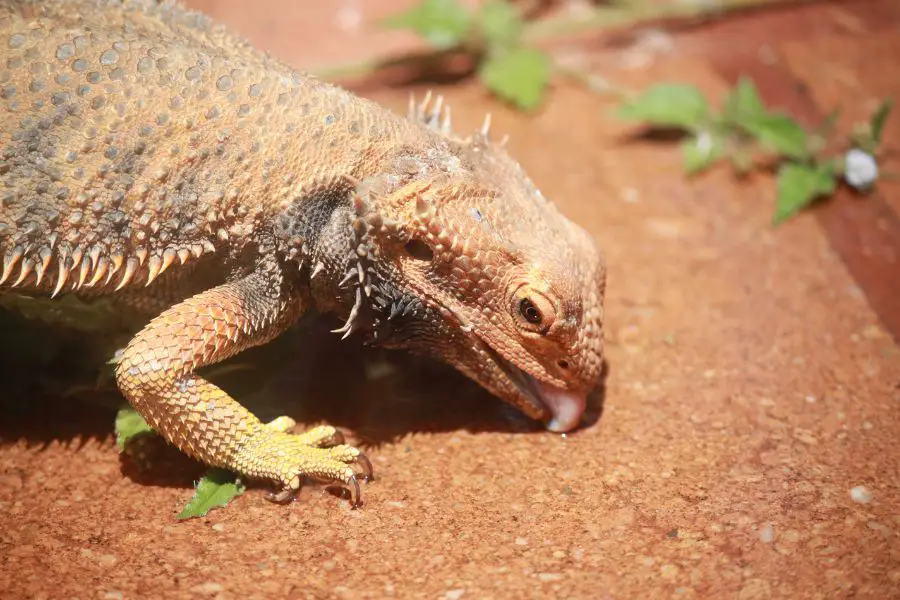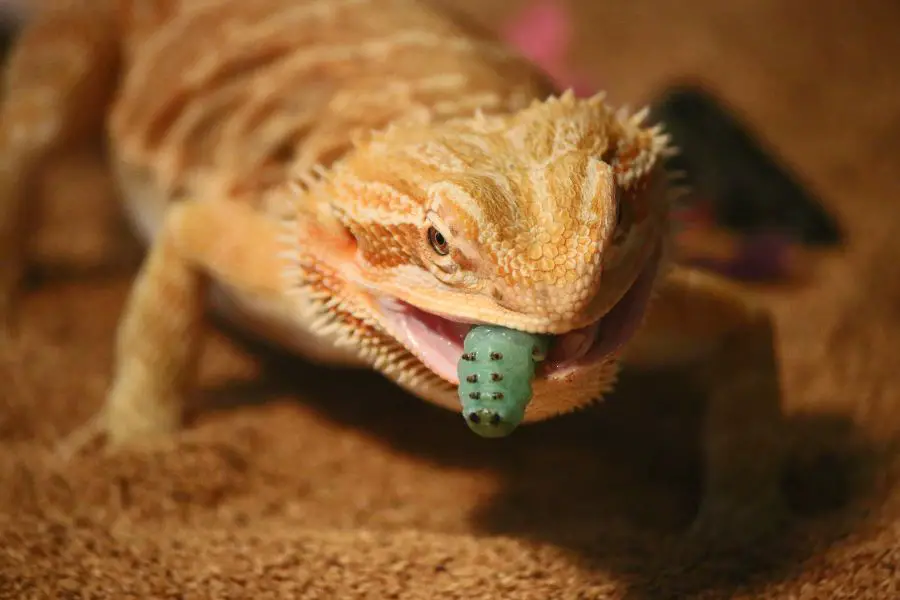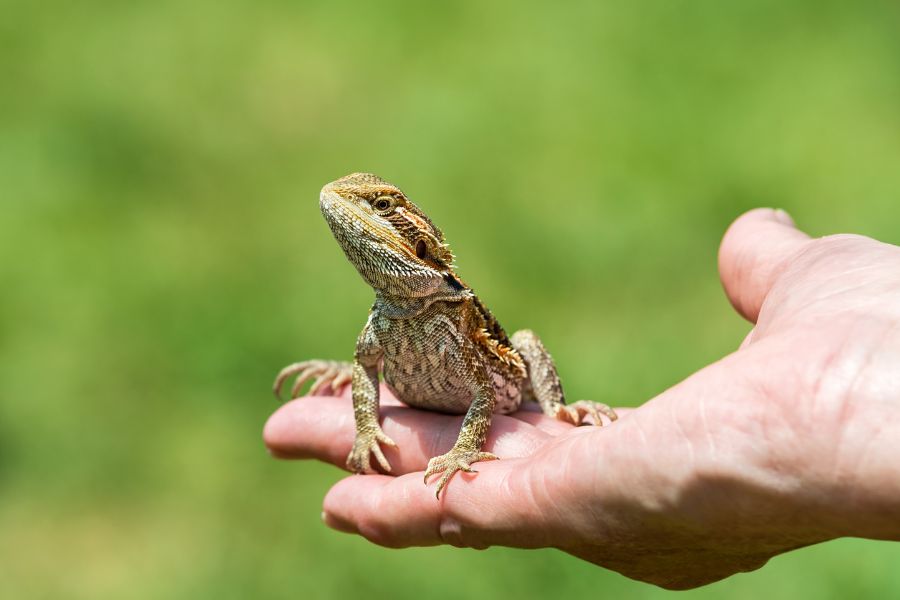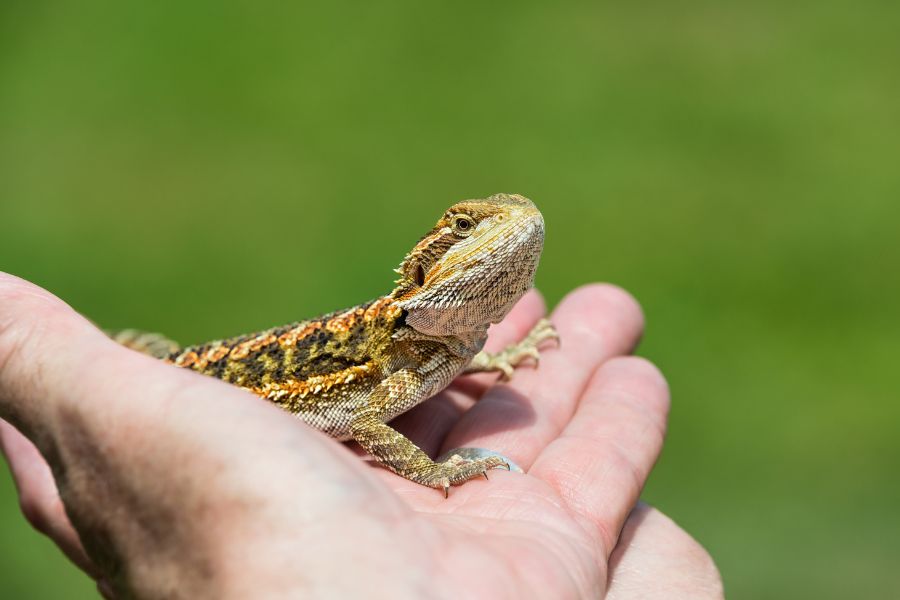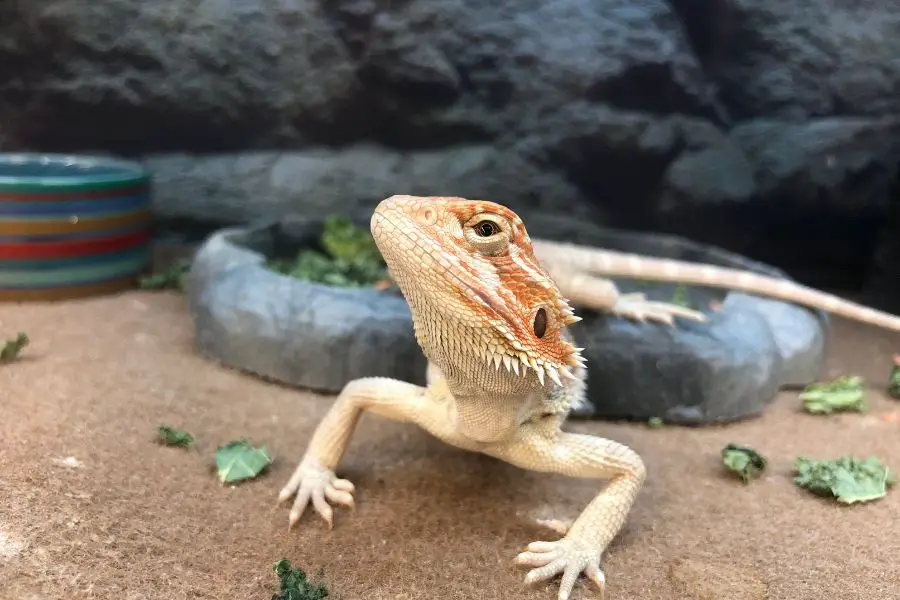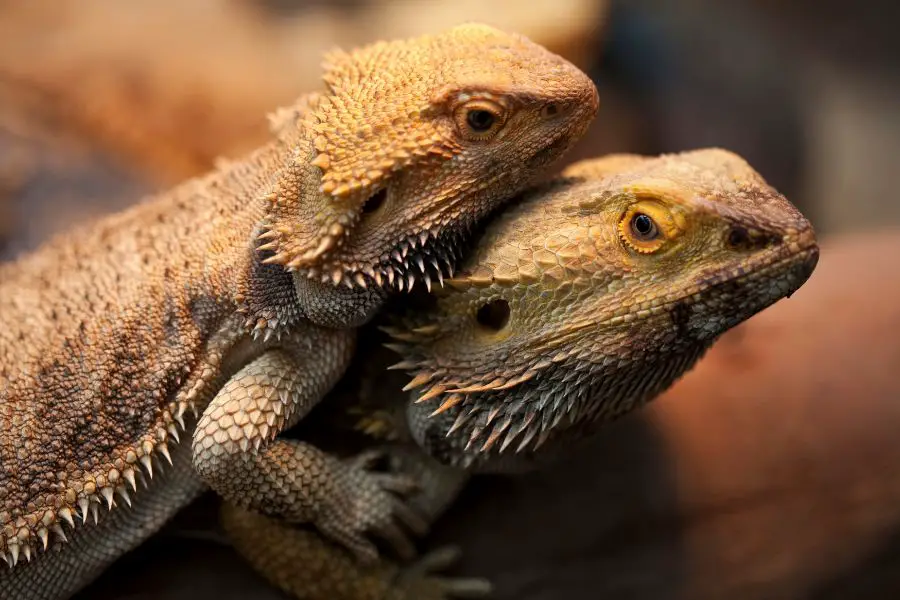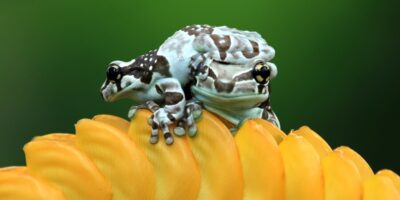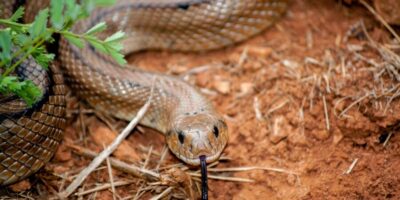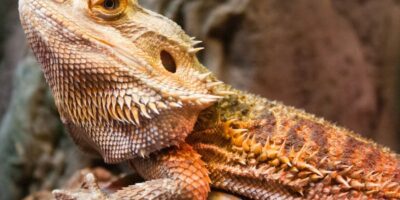Sandfish Skink (Scincus spp.) Care Guide
Published: February 12th, 2024
Sandfish skinks, named for their remarkable ability to navigate through sand, are lizards with a length of 68 inches. They feature smooth scales, a robust body, short legs, a wedgeshaped snout, featherlike toes, and small black eyes. Their color and pattern vary based on the species. Three known species include the Common Sandfish (S. scincus), Eastern Sandfish (S. mitranus), and the Arabian Sandfish (S. hemprichii).
These hardy and relatively lowmaintenance lizards are native to the sandy deserts of northern Africa and the Arabian peninsula. While they are diurnal, preferring daylight activity, they spend a significant amount of time under the sand when not basking or hunting. Despite being less inclined to be held, they make excellent reptiles for those looking for a pet that requires minimal handling and often stays out of sight. With proper care, they can live up to 10 years in captivity.
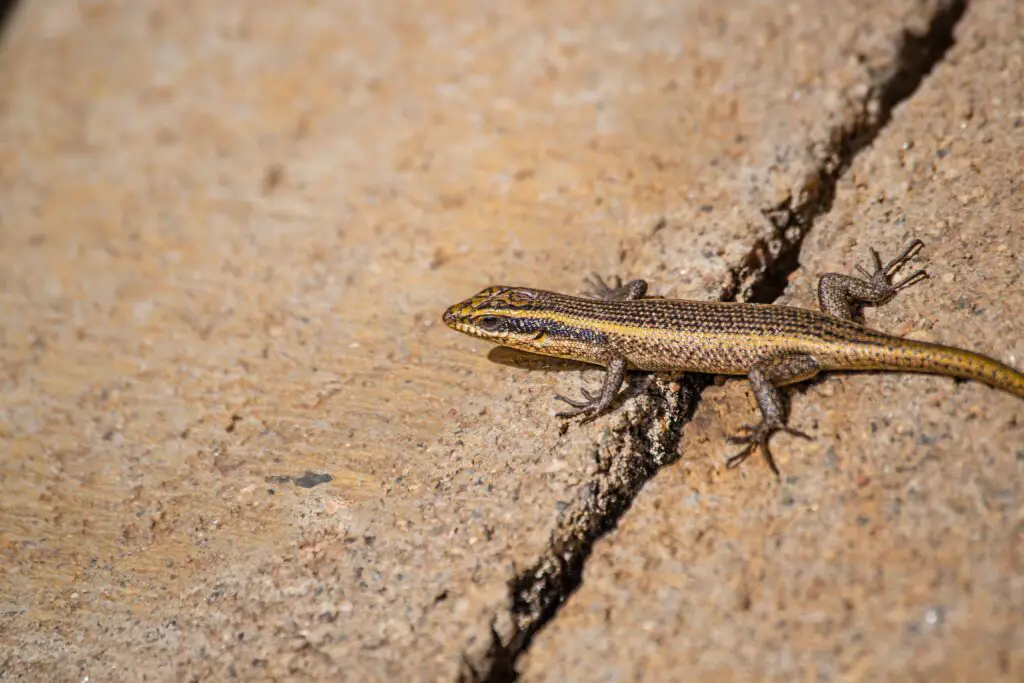
Shopping List
- 30” x 12” x 12” reptile enclosure (frontopening with a mesh top is preferable)
- 5.5” dome heat lamp with ceramic socket
- 90w PAR38 halogen flood bulb
- Plugin lamp dimmer
- Infrared thermometer (“temperature gun”)
- 22” T5 HO forest UVB bulb (Arcadia or Zoo Med brand)
- 24” T5 HO light fixture with reflector
- 24” 6500K LED or fluorescent plant light
- Surge protector with digital timer
- 6” of fine sand
- Environmental enrichment items (logs, branches, plants, caves, etc.)
- Water dish, medium
- Calcium powder supplement (low or no D3)
- Multivitamin powder supplement
- Softtipped feeding tweezers
Download the Caresheet |
Housing:
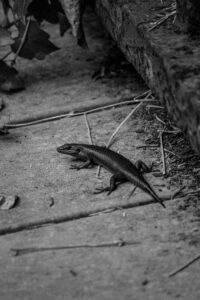 Sandfish skinks should be housed in no smaller than a 20gallon (30”L x 12”W x 12”H) enclosure, with a preference for larger spaces. Frontopening enclosures with excellent ventilation are recommended for easy access. While multiple sandfish can potentially coexist, it is safer to house one per enclosure.
Sandfish skinks should be housed in no smaller than a 20gallon (30”L x 12”W x 12”H) enclosure, with a preference for larger spaces. Frontopening enclosures with excellent ventilation are recommended for easy access. While multiple sandfish can potentially coexist, it is safer to house one per enclosure.
If housing two together, a minimum of 36” x 18” x 18” is needed. Males should not be housed together to prevent potential fights and injuries.
Lighting & UVB
As diurnal creatures, sandfish skinks require bright white light for stimulation and highquality UVB lighting for survival. Keep all lights on for 12 hours per day using a timer. UVB lighting, with considerations for distance and potential mesh obstruction, can be achieved with a 22” T5 HO Zoo Med Reptisun 5.0 or Arcadia D3+ Forest 6% bulb on the warm side of the enclosure. It is recommended to use a Solarmeter 6.5 for accurate placement to achieve a UVI of 2.03.0 in the basking area.
FullSpectrum Lighting
For the mental health of diurnal reptiles like sandfish, experts recommend bright light with a color temperature of approximately 6500K. Sandfish exposed to additional “daylight” lighting tend to be more alert, active, and exhibit more natural behaviors.
It’s crucial to note that fullspectrum lighting differs from reptile UVB lighting, necessitating two separate lamps. The 22” Arcadia Jungle Dawn LED Bar and Bio Dude Glow & Grow are recommended lamps for this purpose.
Heating:
Sandfish, being coldblooded, regulate their body temperature by moving between different temperature zones. In captivity, a halogen heat lamp serves as an ideal heat source for sandfish. The recommended temperature ranges are:
- Basking surface temperature: 130140°F (5460°C)
- Cool zone temperature: 8090°F (2632°C)
Typically, a 90w PAR38 halogen flood bulb is sufficient to achieve these temperatures in a 12” tall enclosure with 6” of substrate. Adjust the temperature using a plugin lamp dimmer if necessary. Measure the basking surface temperature with an infrared thermometer, such as the Etekcity 774.
Humidity:
Sandfish, originating from arid regions, require minimal humidity. While they do not need much humidity, access to water is essential. In their natural habitat, sandfish seek areas with higher humidity, like near small bodies of water or under rocks.
Recreate this in the enclosure by providing a damp layer of sand through a notched PVC pipe, which can be moistened regularly. Alternatively, use a PVC or stone tile to create a moistened area by misting with distilled water.
Décor:
Environmental enrichment is essential for sandfish, even though they spend most of their time under the sand. Decorations such as cork logs, cork flats, sturdy branches, live or artificial plants, and caves contribute to exercise, stimulate natural instincts, and enhance overall wellbeing.
Substrate:
Given their natural habitat, sandfish thrive in an enclosure with a 6” thick layer of fine sand. Jurassic Sands Reptile Substrate and Zoo Med ReptiSand are recommended options. Washed play sand can be a substitute if needed. Regularly remove feces and urates daily, and replace contaminated substrate. Completely replace the substrate every 3 months.
Food:
Sandfish skinks, being insectivores, rely on a diet of bugs for their nutritional needs. Feeding frequency depends on age:
- Hatchlings (under 3” long) — 2x/day
- Juveniles (35” long) — 1x/day
- Adults (at least 5” long) — Once every other day
Supplements:
To ensure your sandfish receives the necessary vitamins and minerals, it’s crucial to provide both calcium powder and a multivitamin powder, or alternatively, a comprehensive allinone supplement. Highly recommended options include Arcadia Earthpro A or Repashy Calcium Plus LoD, which are reputable allinone reptile supplements. Follow the dosage instructions on the label for optimal results.
Water:
Despite originating from arid regions, sandfish, like all living creatures, require access to water. Ensure your sandfish has daily access to a shallow bowl of fresh, clean water. Be prepared to change the water daily, as sandfish may instinctively fill it with sand.
Download the caresheet for Sandfish Skink |
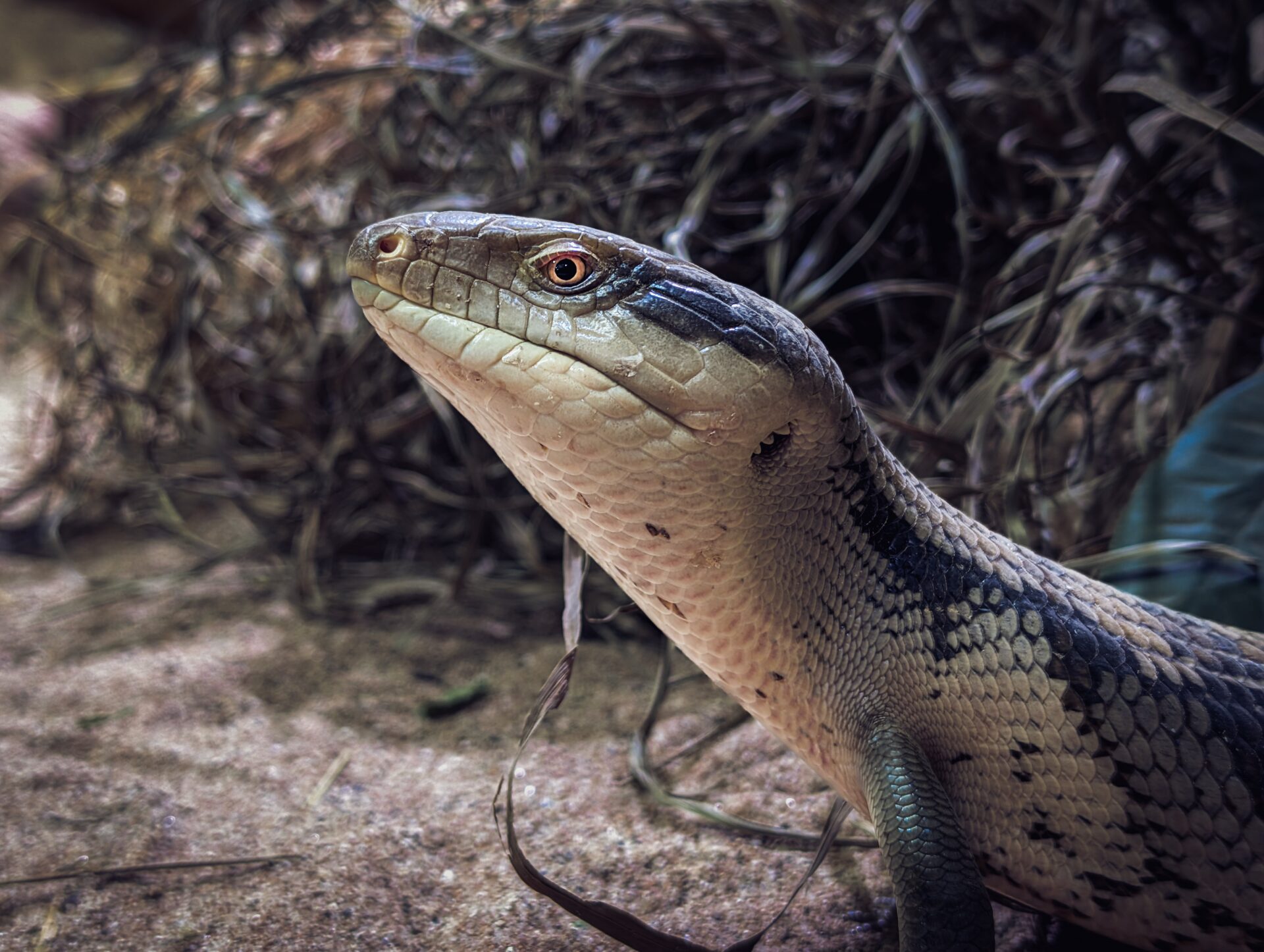
Recent Posts
- All Post
- care sheets
- guide
- Lizards
- snakes
- Uncategorized
- Back
- Ackie Monitor lifespan
- Bearded dragon
- Blue Tongue Skink
- Crested Gecko
- Gargoyle Gecko
- Jackson's Chameleon
- Leopard Gecko
- Mourning Gecko
- Sandfish skink
- Tegu
- Back
- Ball Python
- kenyan sand boa
- Corn Snake
- Black Rat Snake
- Gila Monster
- Milk Snake
- Back
- snakescs
- lizardscs
